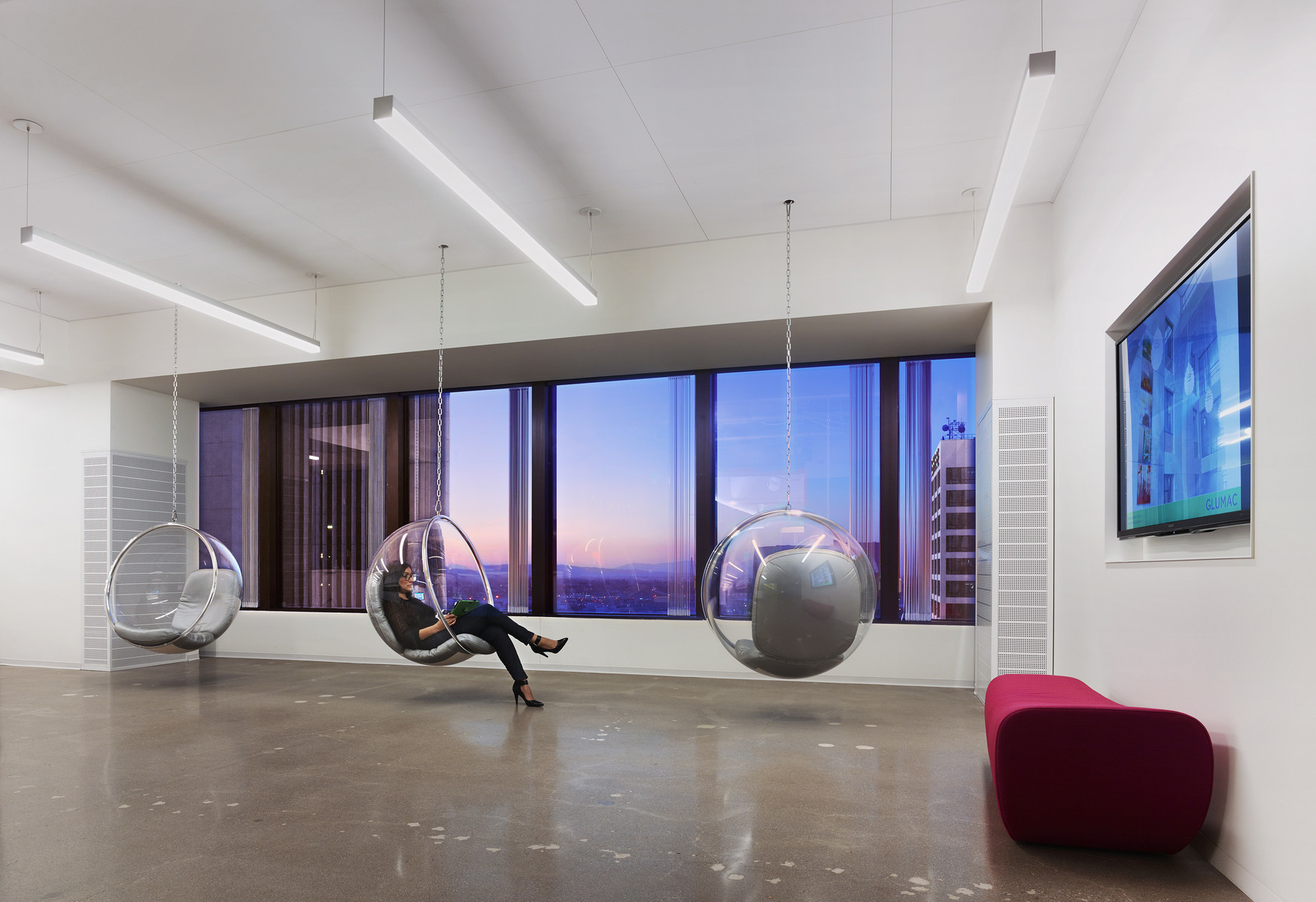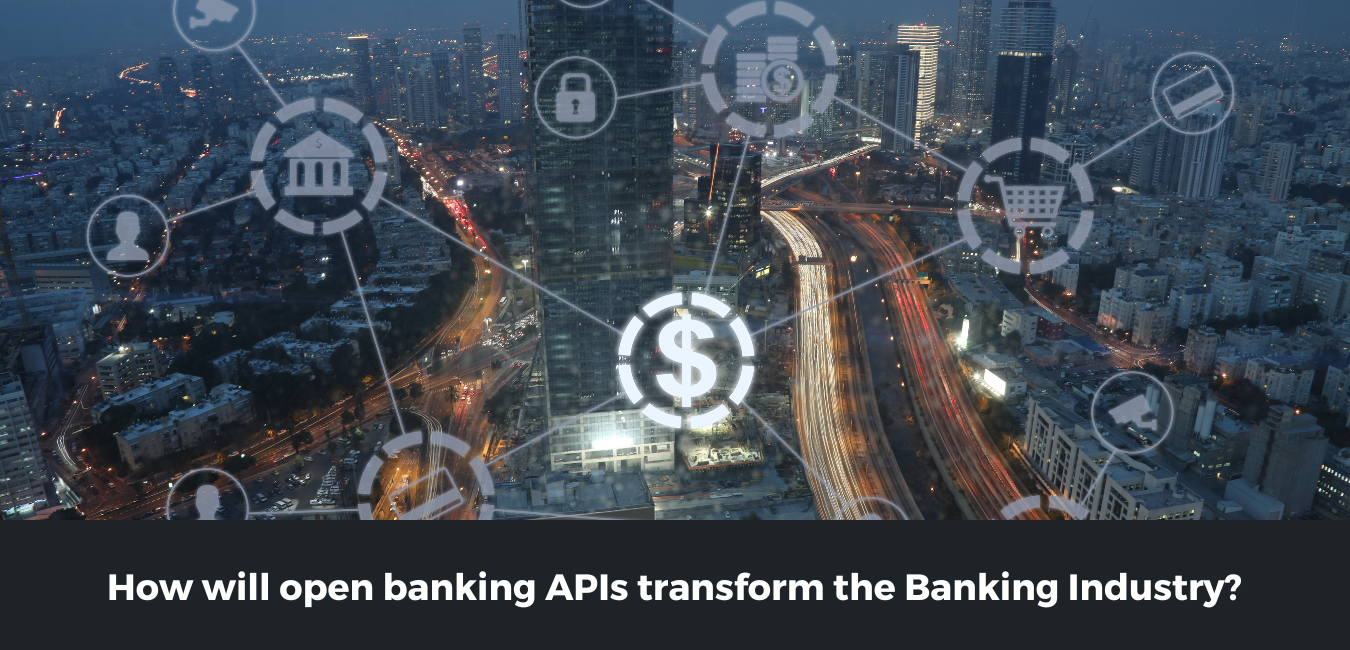Sustainable and Smart Buildings for a Better Tomorrow

Smart and sustainable buildings pave the way for future settings that not only support, but also augment and improve our way of life. By bringing features, services, and information straight to our location, smart buildings will serve as ambient welfare systems that connect and engage with residents to enhance their situations. People don't actually occupy a space in smart buildings; instead, they engage with a location. Design has progressed from structural engineering and things to creating systems and exchanges with building automation. This leads to a future where each smart building interaction with its residents becomes a chance to learn and improve or augment that connection the next time around.
Why are smart and sustainable buildings important for cities and their residents?
Lowering energy, material, and other resource use through sustainable building, smart technology, and efficient data use: Building a structure consumes a lot of energy and produces a lot of pollution. Building operations, as well as their construction and materials, account for three-quarters of the 40% greenhouse emissions generated by buildings, according to a WEF analysis. To evaluate the usage of building materials, rating systems such as LEED, BREEAM, G-SEEK, CASBEE, and Green Star have been devised. Sustainability in building materials, energy efficiency, and technology-driven processes would all contribute to a more ecologically conscious construction approach.
An energy-efficient structure that is uninhabited is not a sustainable structure. Buildings' value proposition must alter to satisfy the increasing needs of the workforce and society in general in a digital future of remote working and online buying. As a result, because smart buildings can adapt and reconfigure more easily to changing conditions, they are more operationally sustainable. It may supply inhabitants with digitally connected services and, in the end, use data-driven insights into structural performance and consumption to make changes and accurately adjust over time. These new insights can be used by smart buildings to fully understand how sustainable building performance relates to human activities and floor space.
Improve public health and the quality of life both within and outside the home: Buildings that are smart and sustainable that can adapt to the needs of their residents have a favourable influence on the physical and mental health. Better air quality and lower ambient noise assist occupants in increasing productivity, judgment ability, and emergency preparedness, as well as reducing psychological distress. According to the World Economic Forum's 2021 Net Zero Carbon Cities report, air pollution reductions in Europe have the potential to save nearly EUR 29 billion in cumulative human health benefits by 2030. In addition to improving convenience and flexibility, smart technology in structures promotes inclusion and enhances the quality of life.
AI-Driven Planning
Inside a building, AI-driven decision-making IoT devices may monitor and regulate parameters that are important for occupancy health and sustainability, such as air planning and energy expenditure metrics. The capacity of a facility manager to monitor real-time quality and help well-informed decisions can be improved using AI-driven data. Dashboards, for example, can record the present use of a space, the oxygen vs. carbon dioxide concentration of the air, infectious disease threats, and other environmental data. In addition, digital twins are being utilized to model, analyze, and make maintenance, upgrade, and sustainability decisions. Tech service businesses, for example, are already employing these technologies to provide companies with predictive analytics panels that display valuable data points and KPIs.
Construction companies may see monthly usage, break it down into hours, and access a variety of data points that are specific to a facility and its occupants. A dashboard can display demand spike data from a utility company. The day's prediction can then be adjusted on the dashboard, and the building begins pre cooling evaporative cooling lines and chosen regions right away. It can also be used to pre-heat any electrical hot water systems. Automatic modifications based on many parameters are possible with these visualization and autonomous decision-making tools. Managers can intervene before systems fail with preventive maintenance sensors. These systems manage and optimize a portfolio of assets, allowing best practices to be used across a wide range of building types and locations.
Integration of a Number of Technologies into a Single System
As we progress in our understanding of the broader aspects of sustaining and facilitating Smart Building Technology, each model combines with a different technology to achieve the organization's end goal while retaining sustainability as a top concern.
Automation
One of the distinguishing characteristics of Smart Building Technology is the interconnectedness of its key systems.
Connecting modern devices, such as real-time IoT occupancy sensors and building management systems, allows for the sharing of data that may be used to automate a variety of operations, including heating, breathing, lighting, air conditioning, and security, among others.
Sensors for Space Optimization
IoT-enabled smart buildings and real estate investments, excluding wages and personnel, are some of the most expensive undertakings for any company. One of the most important aspects of keeping a fully operating business property is ensuring that the available space is properly optimized and utilized in the most cost-effective manner.
Sensors are essential in Smart Building Technology because they collect data and provide insights that aid in making intelligent resource allocation decisions. As occupancy sensors are linked into the building's mainframe system, they assist in determining whether the building's amenities have the appropriate types of spaces to satisfy the needs of its employees.
Building Information Modeling (BIM)
Building Information Modeling, or BIM, is a smart 3D model-based technique that can capture and show the physical and functional elements of a building. It is considered one of the most trending procedures in Smart Building Technology. Despite the fact that it was previously only used by AEC (architecture, engineering, and construction) professionals, BIM is now gaining traction in building maintenance.
BIM acts as a kind of "building handbook," providing real-time asset profiles and increased awareness of asset placements, allowing for pinpointing even minute details.
What's The Best Place To Witness This In Action?
- Singapore was one of the first countries to embrace green design and sustainable urban planning. It launched the Green Mark certification process in 2005 as part of a push to move Singapore's construction industry toward more environmentally friendly structures. The goal of this programme was to promote sustainability in the construction industry by raising environmental consciousness among developers, designers, and builders when they begin project ideation and design, as well as during construction. The Oasis Downtown skyscraper, which has a green plot ratio of 1,100%, or 11 times the amount of nature in the building than there would be if there were no construction on the plot, is one of the best recent success stories.
- Adelaide is committed to improving city life through innovative projects to redevelop and utilise space in order to increase access to smart, clean, and inclusive environments. This is exemplified by U-City. The property promotes a self-sustaining multi-use advancement method that combines assistive-technology-powered for impairment and residential care amenities with a social care hub, a café, apartment complexes, and offices and commercial shops, in addition to having technologically advanced energy conservation solutions. The structure can provide optimum sustainability level while being power efficient and reliable as a consequence of embedded technological solutions and design.
- Fukuoka has served as a model for green design and urban landscaping around the world. The city's smart and sustainable infrastructure strategy is still being developed, with a focus on environmental sustainability. The city recently created a system that uses sophisticated sensors to concurrently monitor and control water flow and pressure in each part of the city. Under precise control, this device may boost and reduce water pressure in specific locations as needed. Water leakage is monitored and controlled by this device. As a result, 90% of the city's residents are committed to conserving water. Furthermore, Fukuoka residents utilize the least amount of water of any of Japan's major cities.
Conclusion
IoT devices' integration with Smart Building Technology will continue to evolve as they continue to shake the world with their ingenuity. And, because the world is focusing on the long-term viability of all technologies, particularly in the commercial world, the day will not be far off when we will see smart buildings across every street corner.








